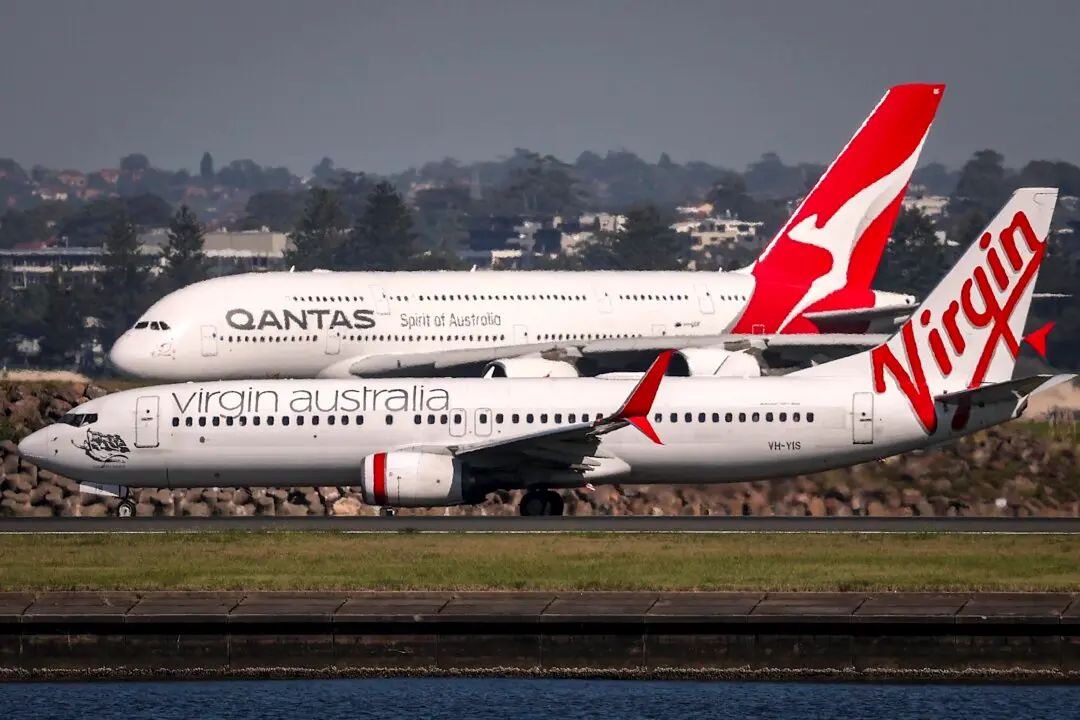One of Australia’s largest commercial banks has admitted that its decision to close branches in regional and rural areas has adversely affected local communities.
During a Senate inquiry into regional and rural bank closures on March 2, Westpac bank’s chief customer engagement officer Ross Miller said the bank was aware that some of its customers were not ready to move away from face-to-face banking services.
“For a small minority, going into a bank branch is still preferred and necessary,'' he said.
“This means while there are fewer people using our branches, the absence of one is to have a significant impact on some.”
The first Senate hearing was organised in the small city of Sale in southeast Victoria, where Westpac had announced it would close a local branch there.
The inquiry questioned bank executives, city councillors, and community members to find out the impact of regional bank closures.
As the inquiry progressed, Westpac agreed to postpone the Sale branch’s closure and conduct a review of other locations that were flagged for a shutdown.

However, the Senate committee was not satisfied when finding out Westpac only notified some communities of the closures via email rather than in-person meetings.
“You make billions of dollars in profits a year. Why can’t you travel to country towns and talk to them about closures?” committee chair Senator Matt Canavan asked.
In response, Miller said as the bank had just decided to postpone the shutdowns, it could now take time to engage with councils.
The State of Bank Closures in Australia
According to data from the Australian Prudential Regulation Authority, commercial banks shut down 1,680 branches across the country between June 2017 and June 2022, among which 677 were in regional and rural areas (40.2 percent).The largest number of shutdowns occurred during the first year of the COVID-19 pandemic, with 466 branches closed in the year to June 2021.
Among the jurisdictions, NSW experienced the sharpest drop in the number of bank branches at 526, followed by Victoria at 403 and Queensland at 364.
Major banks said a sharp fall in foot traffic and an increasing number of customers switching to digital services were behind their acceleration of branch closures.
In the case of Westpac, Miller said 96 percent of the bank’s transactions were now digital.
The executive also noted that Westpac did not take it lightly when announcing closure decisions, saying the bank already considered customer use and the distance between the branches.
Similarly, the representative of the National Australia Bank (NAB) said it had taken into account many factors when closing a branch and that the bank had implemented steps to lessen the impact of the closures.

NAB also saw a dramatic change in customer behaviour in relation to banking activities.
“Today, more than 93 percent of our customer interactions occur digitally. The average NAB customer logs into our app or online banking 33 times each month,” Jones said.
Impacts of Bank Closures on Regional and Rural Communities
While data from banks indicate that most Australians are using digital banking services, the existence of a physical branch is still essential for a portion of the population who cannot use those services for some reason.As such, bank closures tend to impact those Australians significantly in a negative way.
Many customers also encountered safety and security issues as they had to keep a large amount of cash at home.
In addition, small business owners and farmers faced increased stress, inconvenience and higher costs as they needed to visit banks frequently to deposit money and use other services.
Unemployment, loss of financial opportunity, and lack of financial services are other problems that arise when a local bank is shut down.
As the first hearing concluded, the Commonwealth Bank said it would suspend further regional closures for the rest of the year while Westpac put on hold eight shutdowns.
In contrast, NAB and ANZ decided to carry on their plans to restructure and shut down local branches.





